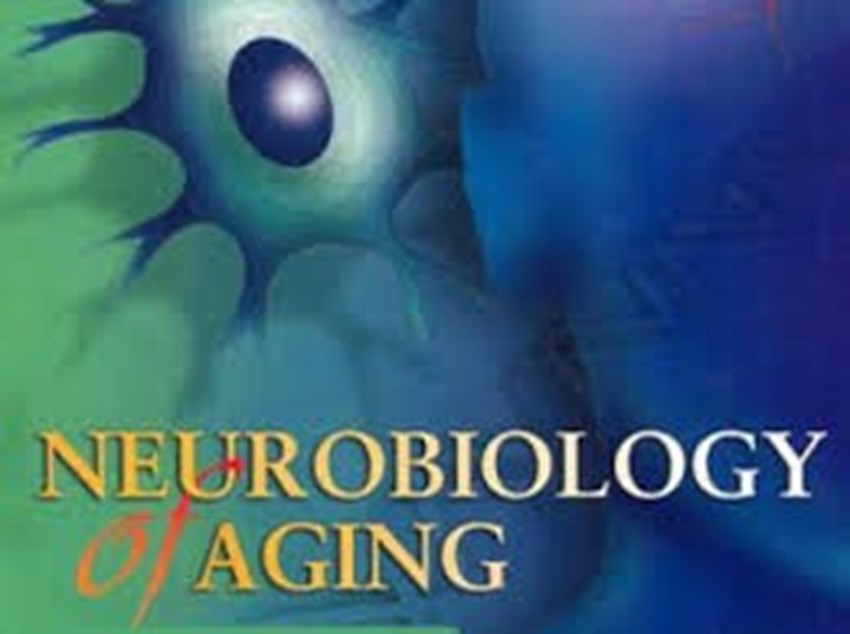The article Age-related changes in cortical connectivity influence the neuromodulatory effects of transcranial electrical stimulation has been published in the journal Neurobiology of Aging in the scope of the research project 277/14 - Cortical excitability and connectivity in the lifespan: a neurophysiological study supported by the BIAL Foundation.
“Transcranial electrical stimulation (tES) is a potentially viable tool for boosting cognitive performance in aging. However, most knowledge on tES effects is based on studies involving young adults. Here, we applied tES (transcranial random noise stimulation [tRNS] as an effective stimulation and anodal transcranial direct current stimulation [atDCS] as a “control” stimulation) to the visual cortex during visual perceptual learning (VPL) in healthy young and older individuals. Moreover, we measured transcranial magnetic stimulation–evoked potentials to investigate the neurophysiological underpinnings of tES effects. We found that only the tRNS in the young, but not in the older, subjects modulated VPL, by decreasing performance. Transcranial magnetic stimulation–evoked potentials revealed age-related changes in connectivity, that is, a stronger activation of the prefrontal cortex after visual cortex stimulation, and a stronger modulation of the prefrontal cortex after VPL in the older subjects. These results may indicate that task performance in older adults relies on the recruitment of a wider network and a crucial contribution of the anterior portion of the brain, which may dramatically influence tES effects in aging.”





































































